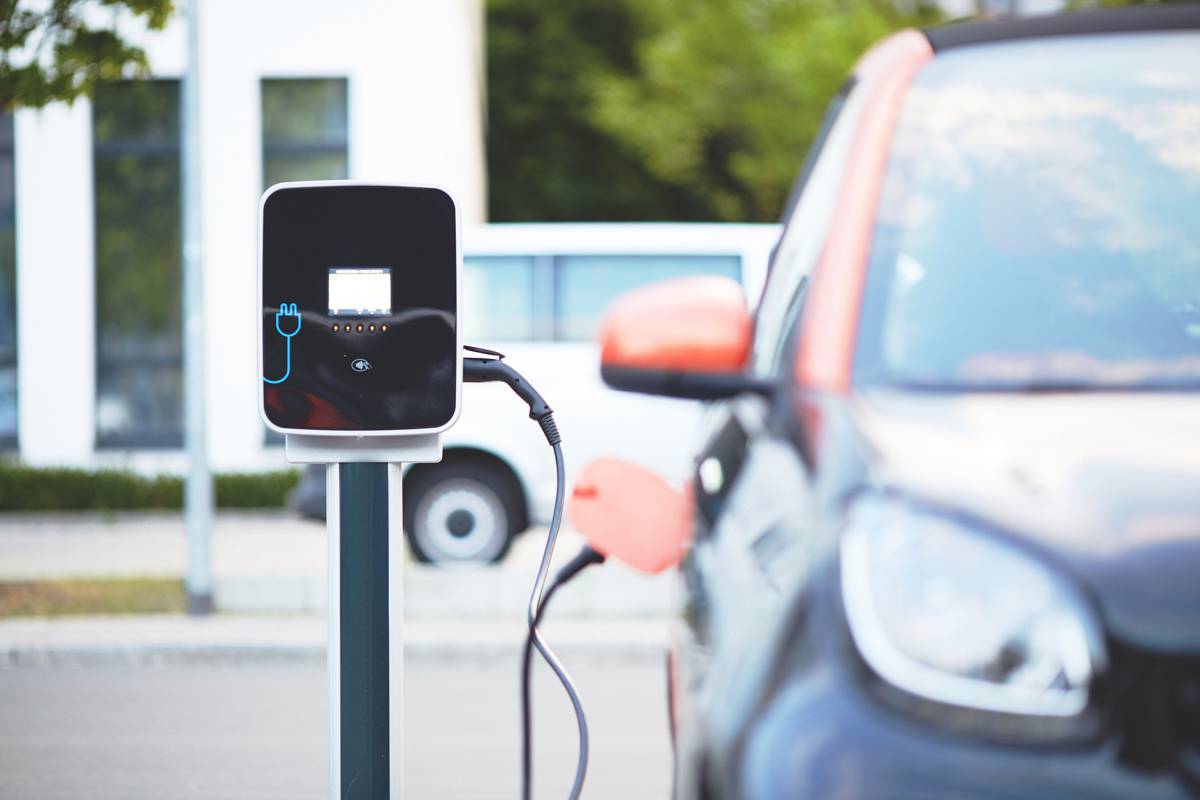Equipping American Road Builders for the next Generation of Roads
America has a love affair with the car, and its road networks are some of the most highly developed and extensive in the world. Despite this, the highway projects that link together urban and rural American population centres have not always been high-quality projects. As The American Prospect magazine highlights, there are countless highway removal projects underway across the country, many concerning areas which have seen poor quality, community damaging projects reign for many years.
At the same time, there has been an explosion of smart highway projects as planners seek to usher in a new age of motoring where capacity is defined by calculation rather than brute force capacity. In order to build these highways, a lot of careful management is needed by construction firms, whether that’s to deftly manoeuvre within built-up spaces or to carefully install smart features in an effective way. To do that effectively, a reassessment of critical equipment is in order.

Removal and renovation
The move to remove and then redesign urban highways is well underway and will only start to gain more traction. As the New York Times highlights, the removal of highways is leading to a new consideration of what urban roadways should look like. In order to properly achieve this, there needs to be the use of construction projects that are chiefly done in haste but also sensitive to the quality of life of local residents.
There is only one option for that – the use of skid steer trucks. The unassailable flexibility of these machines and their operation of movement within tight spaces makes them perfect for the heavy work of road building in built-up spaces. There may be the need for specialized equipment in order to prevent extensive damage to existing roadways and to bring the sort of lifting, digging and setting power that’s required of good quality roadways. Much of that will rest in the tracks; for hot asphalt work, thicker tracks are required, and construction procurement management will need to consider the use case when buying skid steer tracks. Either way, this fine-tooled urban construction can flourish through the use of small machines – just as smart construction can.

Building smart roads
There are an increasing number of smart road systems being implemented across the USA. ‘Smart’ roads can mean a number of things – at their most basic, it refers to highway capacity and flow systems that have been calculated based on likely usage and then are managed throughout the day, through lane closures, to promote traffic flow. At their most advanced, they are fully internet of things integrated road systems where all traffic flow communicates consistently – reducing traffic jams and the risk of crashes and providing actionable data.
To achieve the latter, it’s going to require a lot more than just a construction company, a civil engineer, buckets of asphalt and vehicles. As the Wall Street Journal highlights, the development and computer engineering side of the affair is already calling for huge inter-industry collaboration – and it’s the same story in construction. Construction firms need fine electrical and movement equipment, starting with flexible construction vehicles and including the use of high-quality communications kit, to ensure that smart highways are built to specification. With everything in place, however, there is already evidence of a high ceiling – being seen in Michigan.

Michigan’s smart dreams
A trendsetter in the country, Michigan has made plans for a corridor of highway that will be ready for the absolute pinnacle of the automotive industry – automated vehicles. The “CAV Corridor” – CAV standing for connected and automated vehicle – will use high-tech communications systems and a transfer protocol to allow cars to constantly connect with each other. Something of a pet project but something that should help smooth out driving on the I-94, one of the busiest and most important in the Midwest and, indeed, the country. It’s an example of where highways are going and what practical tools will be needed to build the next generation of routes.
Even without the onward charge of automated roads, super-communicating highways, and fully smart advancements, there is progressiveness in American roadbuilding right now. This will impact how roads are built and will do so in the near future. The most pressing large-scale project set to be rolled out is the Biden administration’s electric vehicle (EV) charging network.

Switching to electric
Electric vehicles are more affordable than ever before and are defining the sight seen on roads and highways across the country. They’re good news for roads. Their relative lack of weight and lack of emissions positive for the here they are let down is a lack of infrastructure. As reported by AP News, there is now blanket approval for states nationwide to install charging points at every 50-mile point in their road infrastructure – meaning that the big interstate highways will be connected up, and there’s a lot of juice in the tank for electric vehicles.
This is undoubtedly a big challenge for construction firms but, at the same time, a simple one. Being equipped with all of the relevant tools that will lay out a future in highway projects will be the crucial factor. From small equipment to the electronics that need to be in place to make it a reality and bring roads into the future.
America does have a challenge with older road infrastructure – any frequent drivers know that. Improvements are much needed to bring roads out of the old and into the new and produce a driving infrastructure worthy of the 21st century. There’s a lot to solve to meet that, but it ultimately rests on the capability of the construction companies. With the right tools and know-how, however, and the will to implement these changes, there’s a real future for the American automotive industry, and construction will underpin that. Motorists and those with a wider interest in infrastructure, keep your eye on developments – the roads will soon undergo a big upgrade.





















